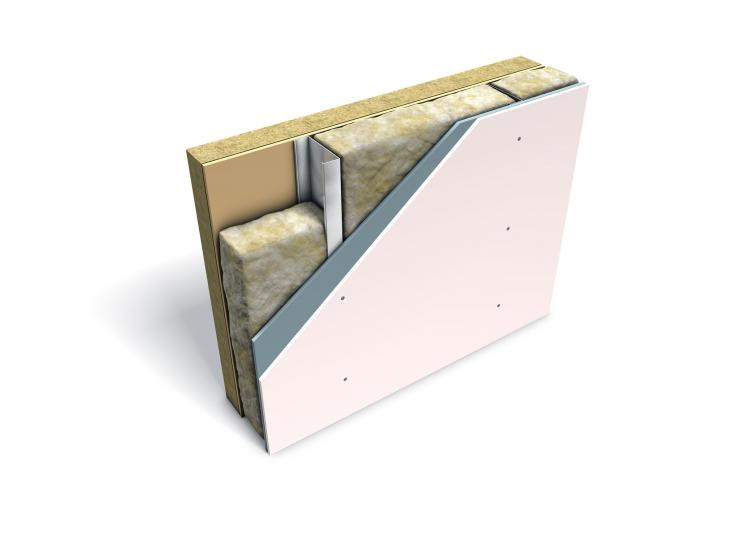
When disparate elements are brought together onsite, it is down to the specifier to assess whether the selected combination of materials deliver the required levels of performance. Steve Thompson, Managing Director for EOS, discusses those challenges when specifying building envelopes.
Cost is another area that can be problematic. The cost of the external envelope can be influenced by many factors including design complexity, or changes in the design and the coordination of the building envelope to accommodate structural support, glazing or louvres, for example. The overall installed costs must be considered, rather than solely the square metre rate of a material.
EOS, as part of the Etex Building Performance group of companies, can call upon the expertise of three leading lightweight construction brands – Siniat, Promat and EOS. The combination of expertise in drylining, external sheathing and steel framing systems, as well as passive fire protection, means that Etex Building Performance is uniquely positioned to bring these elements together to create a range of tested and warrantied external Thruwall® systems.
After having completed rigorous fire, acoustic, weathering, airtightness and mechanical testing – all our Thruwall® systems are supported by a 30-year warrantee. They combine non-combustible A1 external sheathing, engineered steel framing systems and internal wall linings – meeting building performance requirements for fire, thermal, weathering, acoustics and airtightness in one certified solution.
Steel framing systems do not suffer from shrinkage or unpredictable differential movement, which can affect other forms of construction. It is not a single sector or single solution technology and can add value to a project 'up-stream'. The adaptability of steel results in systems being used in a variety of ways and forms to meet the demands of low, medium and high-rise developments across all construction sectors. Offsite system manufacturers are operating in exciting times for the built environment and there has never been a better time to capitalise on the raft of benefits that factory-based offsite technologies can deliver.
With continued investment in advanced manufacturing facilities and product development – all underpinned by 14 years' design and manufacturing experience in the sector, we are at the forefront of providing value-adding solutions in light gauge steel that meet real customer needs.
Stay in touch: